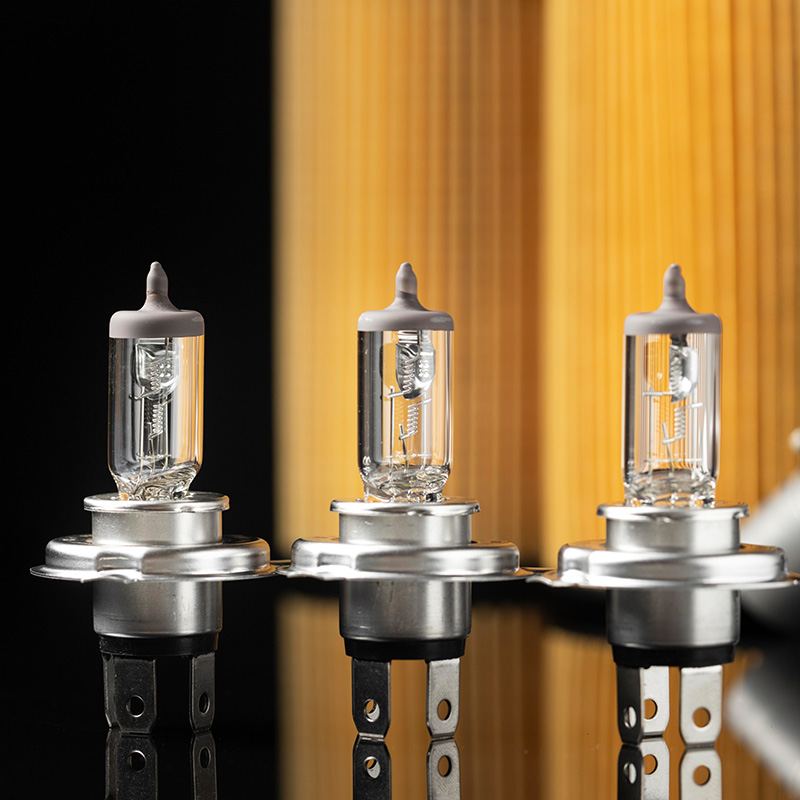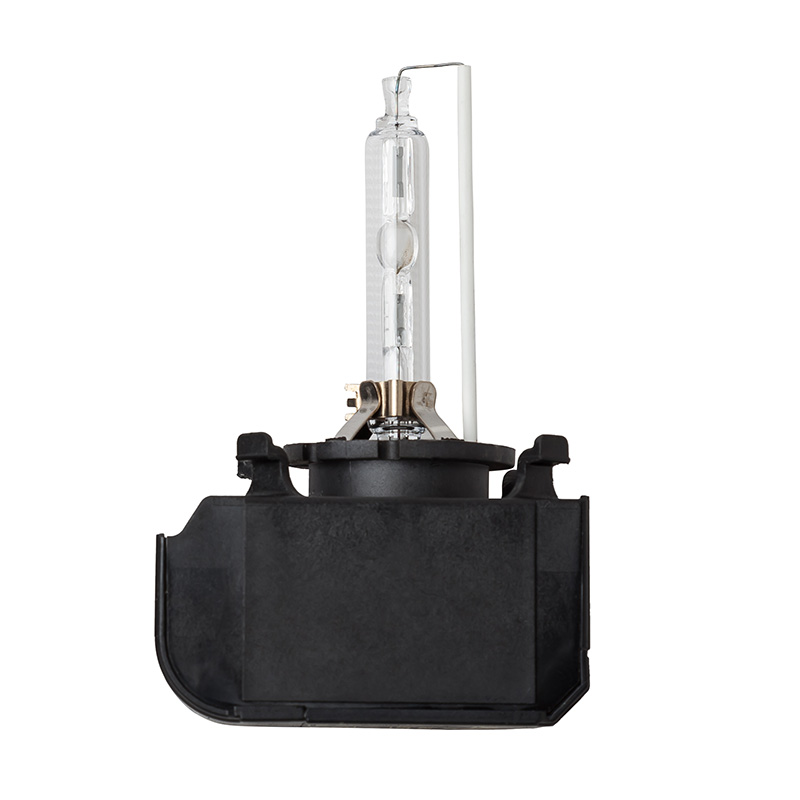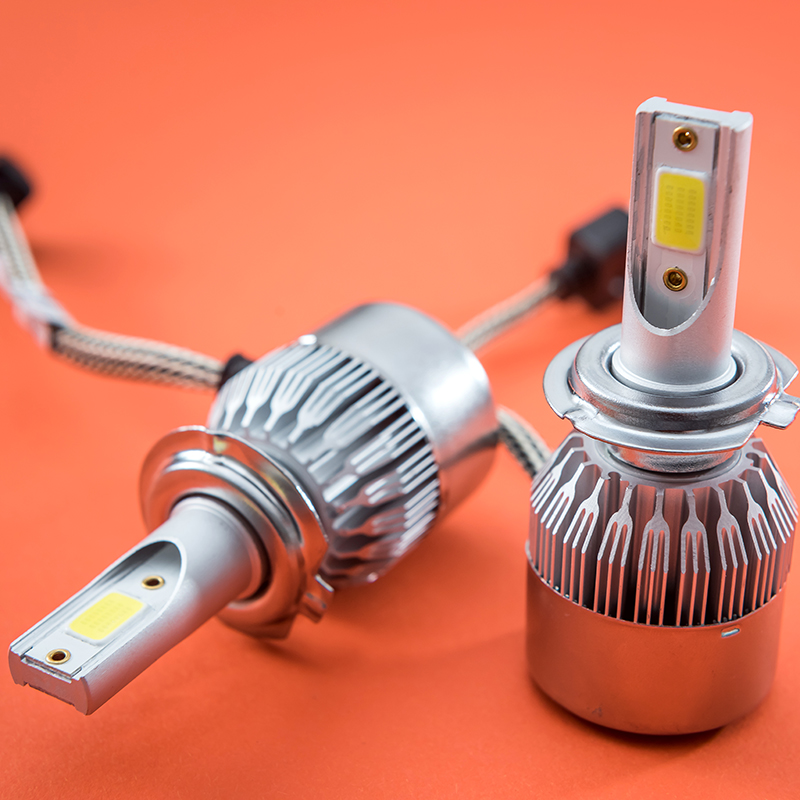In modern automotive lighting technology, halogen lamps, HID (high-intensity gas discharge lamps) and LED (light-emitting diode) lamps are the three most common types. Each lamp has its own unique advantages and disadvantages, but under the same power conditions, the heat generated by different lamps has significant differences.
Halogen lamps
Halogen lamps are the traditional type of automotive headlights. Its working principle is similar to that of ordinary incandescent lamps, and the tungsten filament is heated by electric current to make it glow. The glass shell of the halogen lamp is filled with halogen gas (such as iodine or bromine), which can extend the life of the filament and increase the brightness.
In addition, halogen lamps generate a lot of heat, consume a lot of energy, and the temperature can reach more than 200 degrees Celsius when working.
HID lamps, also known as high-intensity gas discharge lamps, emit light by filling the bulb with inert gases such as xenon and generating an arc under high voltage.
The temperature of HID lamps can reach 300-400 degrees Celsius when working more than ten minutes after turning on, while the temperature outside the bulb is slightly lower than the core temperature, and natural cooling is generally used.
LED lights are a type of car headlight that has become increasingly popular in recent years. It emits light through light-emitting diodes under the action of current, and has the characteristics of high efficiency and energy saving.
The heat generated by LED lights is relatively low, usually around 80 degrees Celsius. This is because the electro-optical conversion efficiency of LED lights is high, and most of the energy is converted into light energy rather than heat energy.
Why do LED headlights generate less heat?
Electro-optical conversion
The electro-optical conversion efficiency of LED lights is very high, and most of the electrical energy can be converted into light energy. In contrast, halogen lamps and HID lamps generate a lot of heat during the light-emitting process.
Low power consumption
LED lights have low power consumption, usually ranging from a few watts to tens of watts, while halogen lamps and HID lamps have much higher power consumption.
Semiconductor materials
LED lights use semiconductor materials to emit light, which do not generate a lot of heat like tungsten filaments when current passes through them. The light-emitting process of semiconductor materials is more efficient and stable.
Heat dissipation design
Although LED lights themselves generate low heat, they are more sensitive to temperature, so LED lights need additional functions to help the entire headlight actively dissipate heat.
There are many ways to dissipate heat for LED headlights. The most popular heat dissipation method is radiator + fan.
LED headlight with efficient heat dissipation
This K11 LED headlight bulb is made of aviation aluminum, which has excellent durability and heat dissipation. The interior of the headlight uses superconducting thermal copper material and cooling fan design, which is not only high in brightness, but also has good heat dissipation and service life.
This headlight can withstand high and low temperature environments, and has a built-in waterproof fan, which can provide you with clear lighting effects even in harsh environmental conditions
If you want to know more or purchase car headlights, please contact WWSBIU officials directly:
Company website: www.wwsbiu.com
A207, 2nd Floor, Tower 5, Wenhua Hui, Wenhua North Road, Chancheng District, Foshan City
WhatsApp : +8617727697097
Email: murraybiubid@gmail.com
Post time: Sep-23-2024







